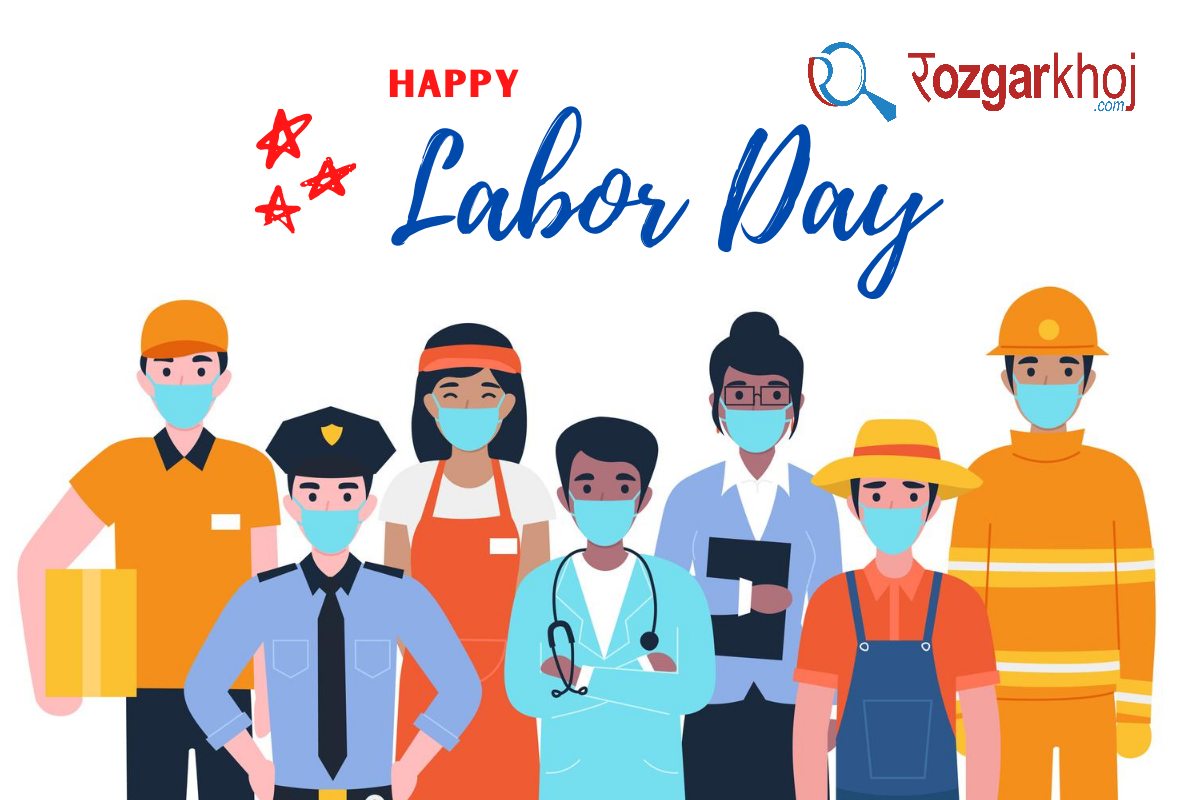[vc_row][vc_column][vc_column_text][/vc_column_text][/vc_column][/vc_row][vc_row][vc_column][vc_column_text]Every year on May 1, people observe International Labour Day, also known as Worker’s Day with an aim to create awareness regarding the rights of workers and to acknowledge the hard work they do on a daily basis. International Worker’s Day has its origins in the labour union movement. The day is observed in countries such as India, Cuba and China, and others.
Labour Day sheds light on past labour struggles of labours and workers’ rights violations. Several countries have declared May 1 as a holiday. In order to celebrate the hard work of labours and appreciate their dedication, people observe International Worker’s Day.
On 1st May 1886 labour unions in the United States of America decided to go on a strike. They demanded that workers should not be allowed to work more than 8 hours a day. The strike was followed by a bomb blast in Chicago’s Haymarket Square on the 4th of May.
This incident also popularly known as “Haymarket Affair” made May 1, one of the significant dates in history and was recognized to celebrate and honor the contribution of working men and women. The protests in the U.S. also helped to establish the 8-hour work day norm in India and other countries in the world. Since then the 1st of May is celebrated as the International Labour Day (International Workers Day or May Day) in many countries across the world, including India.
However, in India, the very first Labour Day celebration in the country was held in Madras (Chennai), on 1 May 1923. A champion of workers’ rights and also one of the founders of the Communist Party of India, Malayapuram Singaravelu Chettiar launched the Labour Kisan Party of Hindustan on this day.
He arranged for two workers’ meetings to be held in Madras on that day. One meeting was held opposite the Madras High Court on the Marina beach and the other was held at Triplicane. In the meeting, Singaravelu passed a resolution which stated that the government should announce a national holiday on the May Day or labour Day in India.
The red flag that popularly represents the working class was also raised for the first time in India on this day. One of the grand reminders of the first labour Day celebration in the country is the labour Statue that stands tall on the Marina Beach in Chennai.
Generally, on labour Day, public speeches are delivered by leaders of various political parties. This day is a special occasion when people worldwide celebrate the true spirit of the working class. It’s the day when workers get together and showcase their strength which indicates how effectively they can struggle to bring in positive reforms for the working class of the society.
Sharing her thoughts on this day, Rituparna Chakraborty, President, Indian Staffing Federation said, “The labour Movement (Haymarket Affair) advocating eight hour work day in Chicago paved the way for healthy working standards for the working class and given the sacrifices made on the way towards it – this day has massive significance in the World of Work. “
India’s working population is a significant contributor to the country’s economy. India’s total workforce was reported to be 47.41 crores as per the last survey of the National Sample Survey Office (NSSO) conducted in 2011-12. Out of this 33.69 crore were rural workers and 13.72 crores were urban workers. With such large workforce, labour welfare is a very important issue in India and requires adequate attention. Sharing her thoughts on labour day with People Matters, Dr. Gayathri Vasudevan, Co-Founder & CEO, LabourNet Services, said “labour Day, historically was earmarked as the day when a number of decisions were made in favour of workers, provisions for 8-hour work with decent wages, social security and time off from work in the form of leave. However, these benefits are still not available to workers in the informal sector even today.
Histroy:
-To observe the 1886 Haymarket affair in Chicago, May 1 was chosen to be International Workers’ Day.
-In India, Labour Day was started in Chennai on May 1, 1923. The leader of the Labour Kisan Party of Hindustan initiated this. The leader of the party, Malayapuram Singaravelu or Comrade Singaravelar, organised two meetings to celebrate this event.
-One meeting was held on Triplicane Beach and the other took place at the beach opposite Madras High Court.
-In the meeting, Singaravelar approved a resolution which indicated that the government should announce a national holiday on Labour Day in India. This was the first time a red flag was hoisted in India.
Significance:
-Labour Day is a day that unites workers together and reminds them of their power when they act in unity.
-Labourers on this can feel respected for the work that they have done all over the year.
-On Labour Day, workers and their needs and rights are in focus. -The day is significant as it enables workers to take some much-needed rest from their work and to collect their thoughts, spend time with their loved ones, or just recover their energies.
-This day motivates people to get into work and to work hard.
[/vc_column_text][/vc_column][/vc_row]




